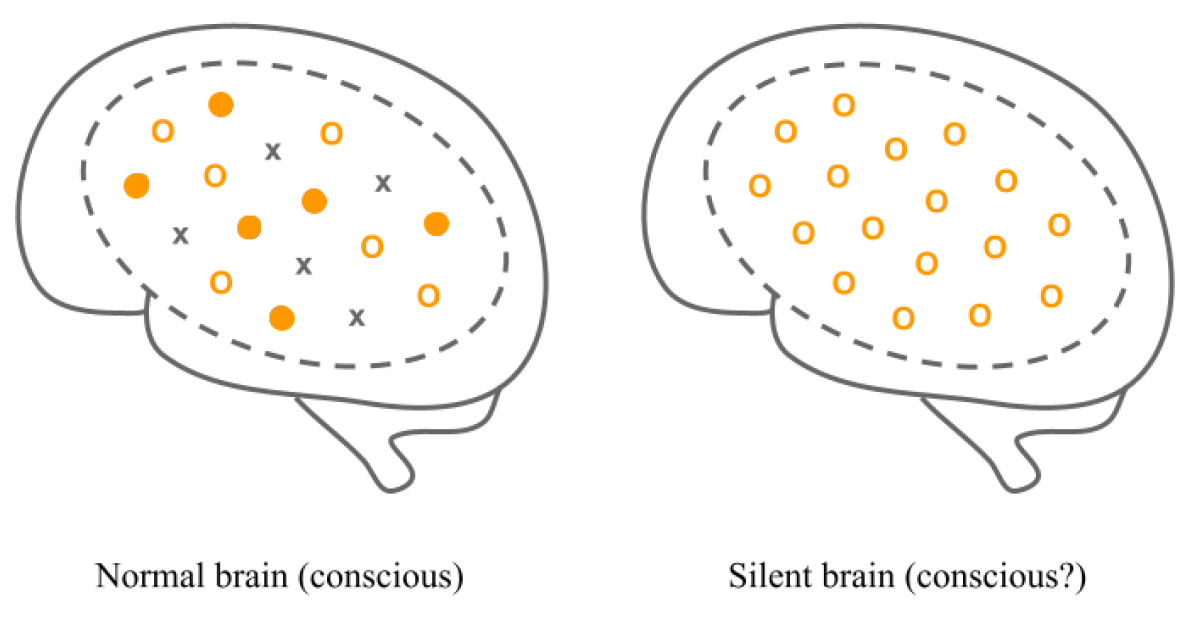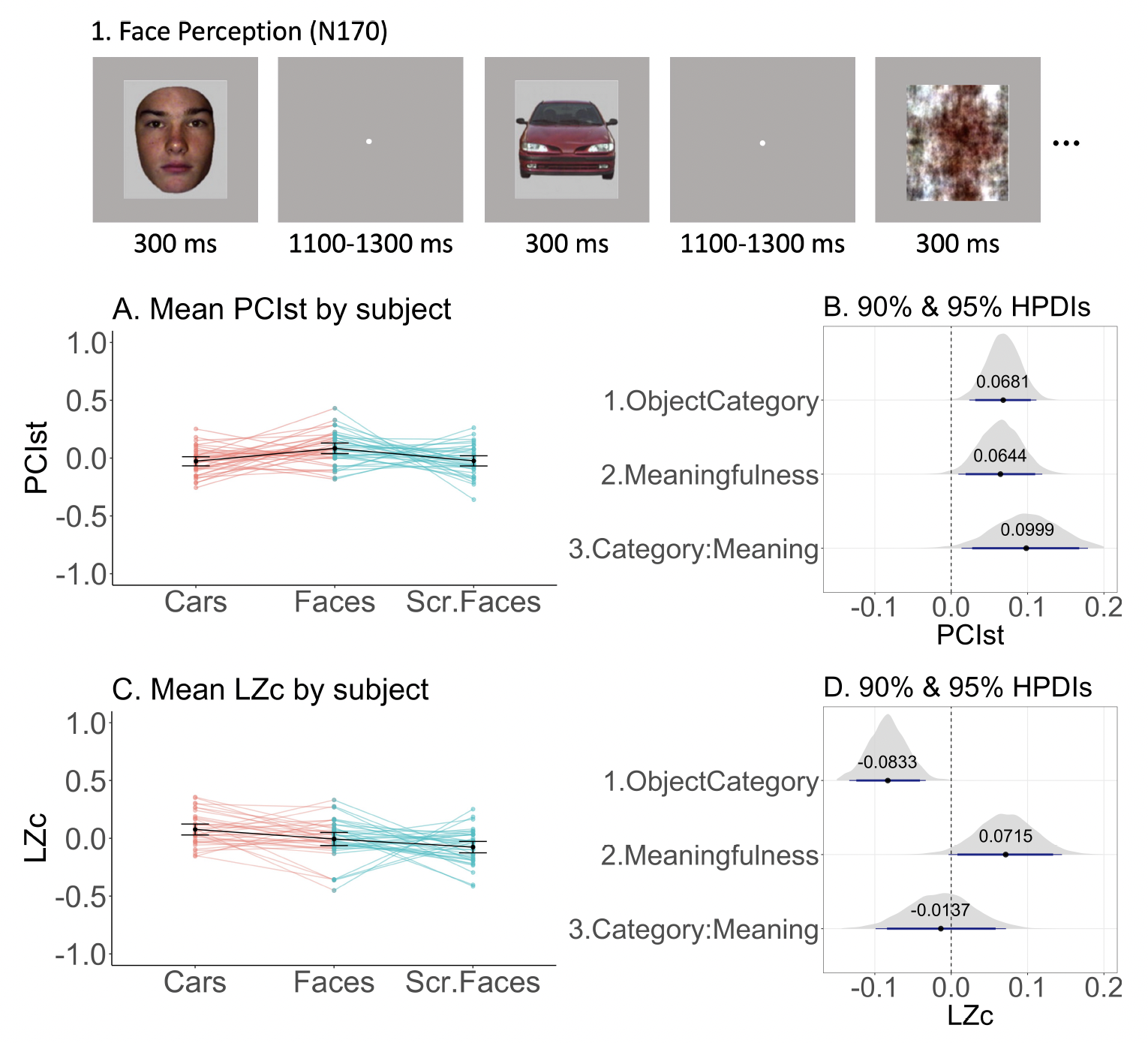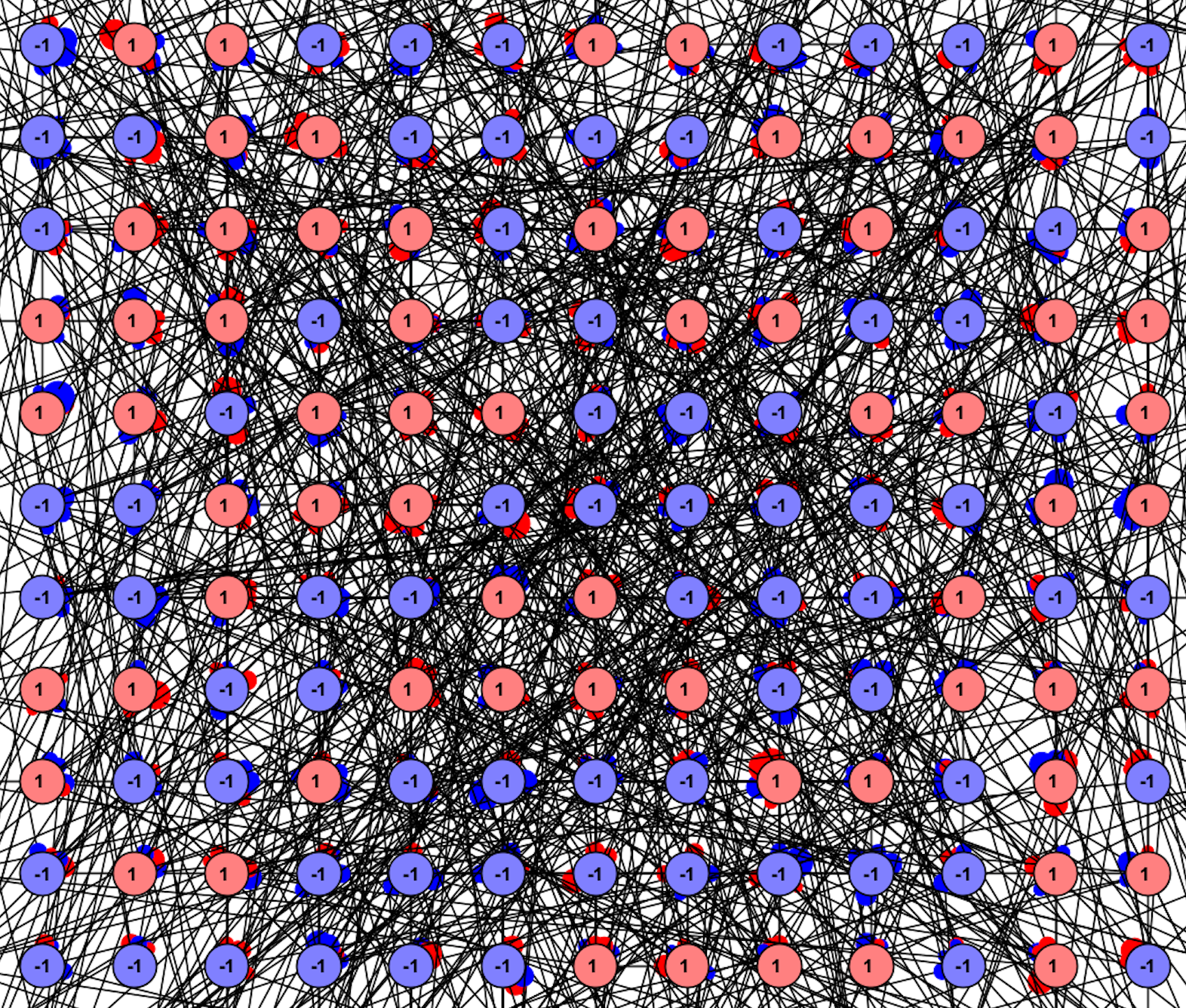Integrated information theory (IIT) and the testability of the silent neuron predictions
Publication status: [under revision] at Neuroscience of Consciousness
Talks: Monash University School of Psychological Sciences (MoNoC/Tsuchiya Lab), Zoom (May 16th, 2023) (*invited)
Posters: Association for the Scientific Study of Consciousness 27, Tokyo, Japan (July 2nd - 5th, 2024)



